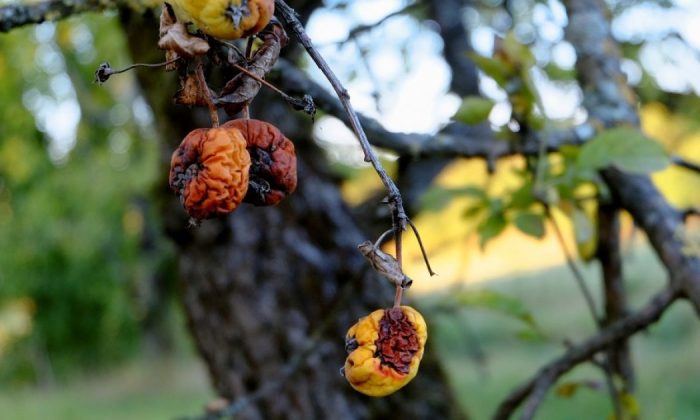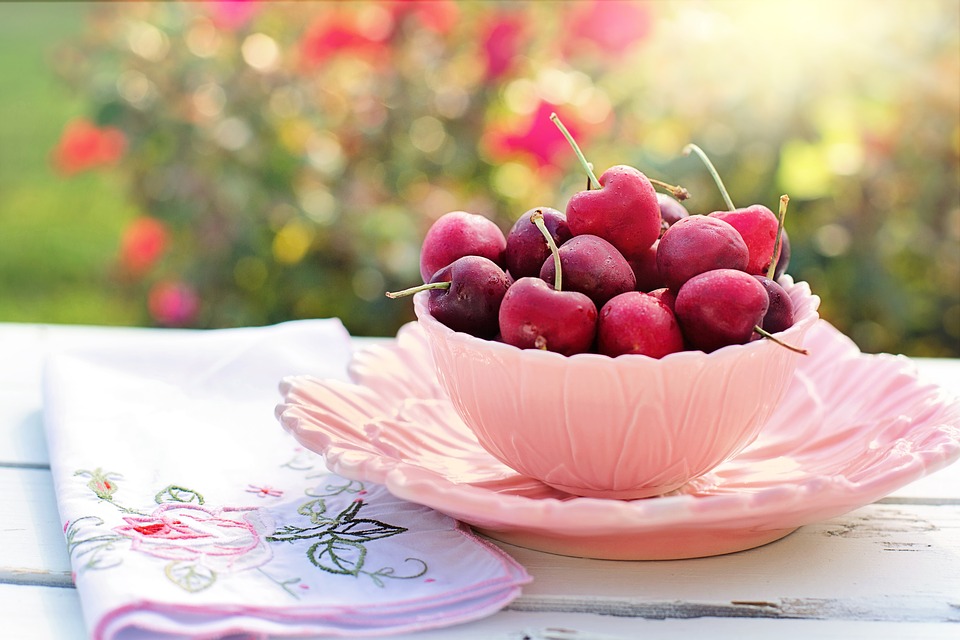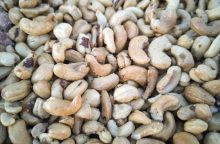Dreaded monilinia and how to avoid it

Thanks to the last year’s drought, many gardens suffered huge attacks by insect pests, fungi and moulds. One of the dreaded fungal diseases is monilinia. How can you protect your plants or at least reduce the occurrence of monilinia? Well, read on.
You may also know it as monilia blight (caused by Monilia laxa) and it usually attacks fruit trees but mainly sour cherries, cherries and apricots. If you are observant, you may notice symptoms much earlier than during the harvest season. Watch for young twigs which start drying out for no reason and release a sticky flow. Later you will see the typical target-like circles on fruits, which in the end literally turn fruits into “mummies”.
Where monilinia hides during the winter
Unfortunately, even frost does not harm this fungus in any way. It survives inside infected fruits and branches, from where it spreads in the spring. The best protection is a gradual and consistent collection of infected fruit. Remove the fruit from the tree and, if necessary, remove the entire branches.
Burn the collected branches and fruit or bury it deep in the ground. Then spray the infected tree several times with a strong infusion made of common nettles, if you want to go natural. But you can also find effective chemicals in garden shops.
Photo: Pixabay
How to treat monilinia
The best way is to treatinfested treesbefore flowering with a chemical product calledZato or KumulusWg. If you are not able to do that or if the problems you experienced during the previous year were really serious, you should focus on a pre-harvest treatment,and use Teldor 500 SC, for example.
Monilinia may also attack other trees (such as hazel, apple or pear trees), and if that is the case, try using chemicals against apple scab.
You should know: Strong and healthy trees are usually not attacked by monilinia, or only little bit, so keep your trees healthy – pay attention to sufficient watering and proper fertilization, but do not use too much nitrogen. Too much nitrogen slows down the growth of twigs and leaves and they become more susceptible to this fungus. If you intervene in time monilinia should avoid your garden this year, regardless of what the summer has in store for you. However, keep in mind that patience is a virtue… and good things come to those who wait. Well, we mean that as encouragement.
Preview photo: Pixabay

Gardening is my hobby, I have a lot of experience and I am happy to share it.









0 comments